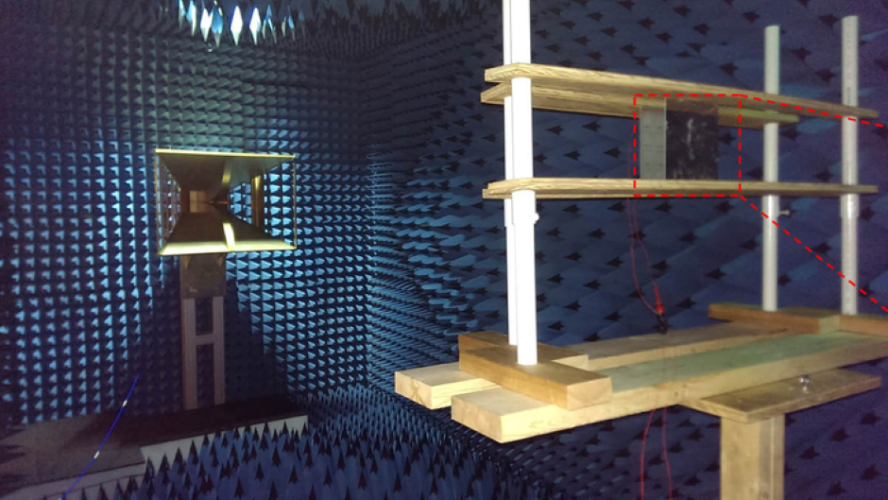Metamaterial antenna harvests energy from radio waves
Researchers have developed a new metasurface-based antenna, an advance that makes it possible to harvest energy from radio waves such as the ones used in mobile phone networks.

The technology could potentially provide wireless power to sensors, LEDs and other devices with low energy requirements.
“By eliminating wired connections and batteries, these antennas could help reduce costs, improve reliability and make some electrical systems more efficient,” said research team leader Jiangfeng Zhou from the University of South Florida. “This would be useful for powering smart home sensors such as those used for temperature, lighting and motion or sensors used to monitor the structure of buildings or bridges, where replacing a battery might be difficult or impossible.”
Register now to continue reading
Thanks for visiting The Engineer. You’ve now reached your monthly limit of news stories. Register for free to unlock unlimited access to all of our news coverage, as well as premium content including opinion, in-depth features and special reports.
Benefits of registering
-
In-depth insights and coverage of key emerging trends
-
Unrestricted access to special reports throughout the year
-
Daily technology news delivered straight to your inbox










Water Sector Talent Exodus Could Cripple The Sector
'Capricious changes of priority by the general public'?!? Surely the public would demand both sufficient water supply and sufficient waste...